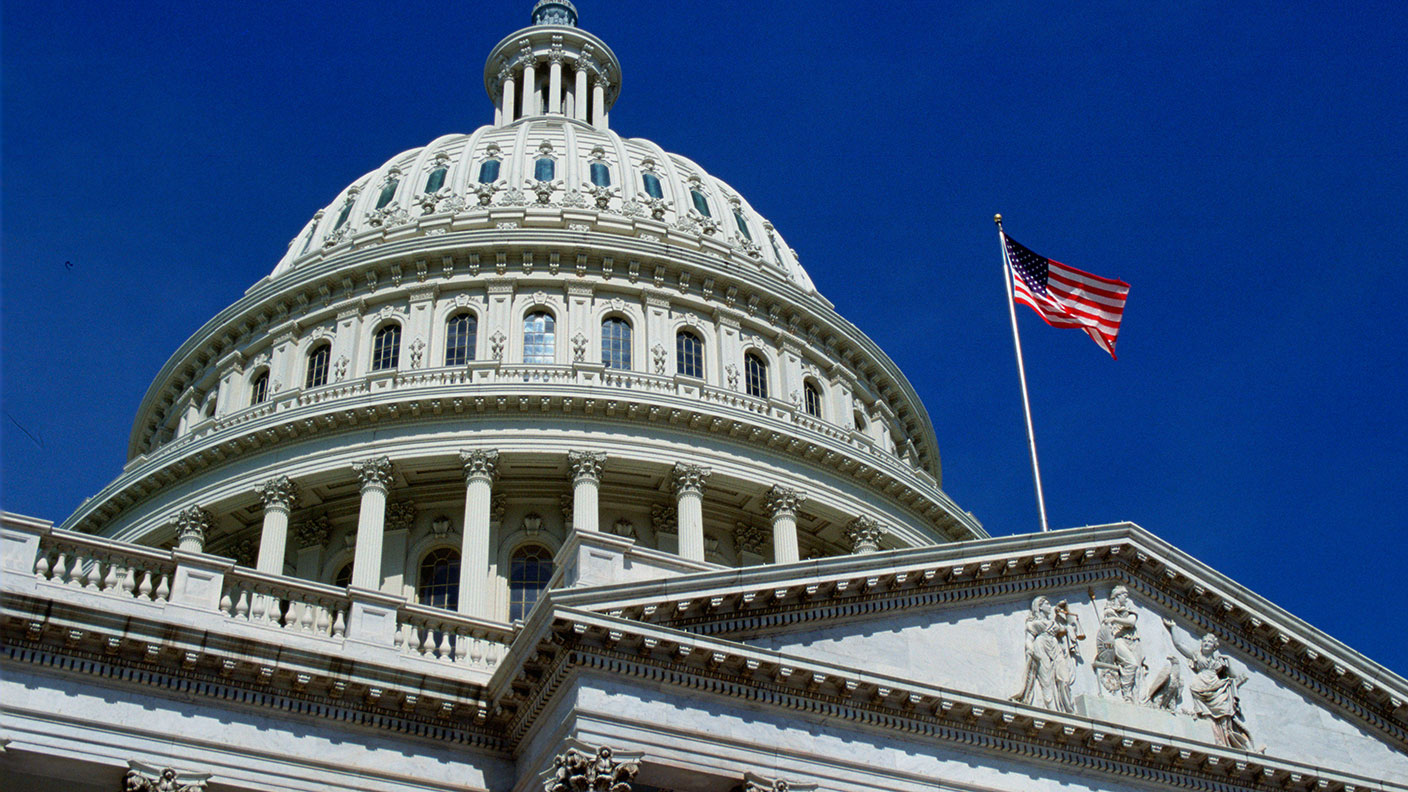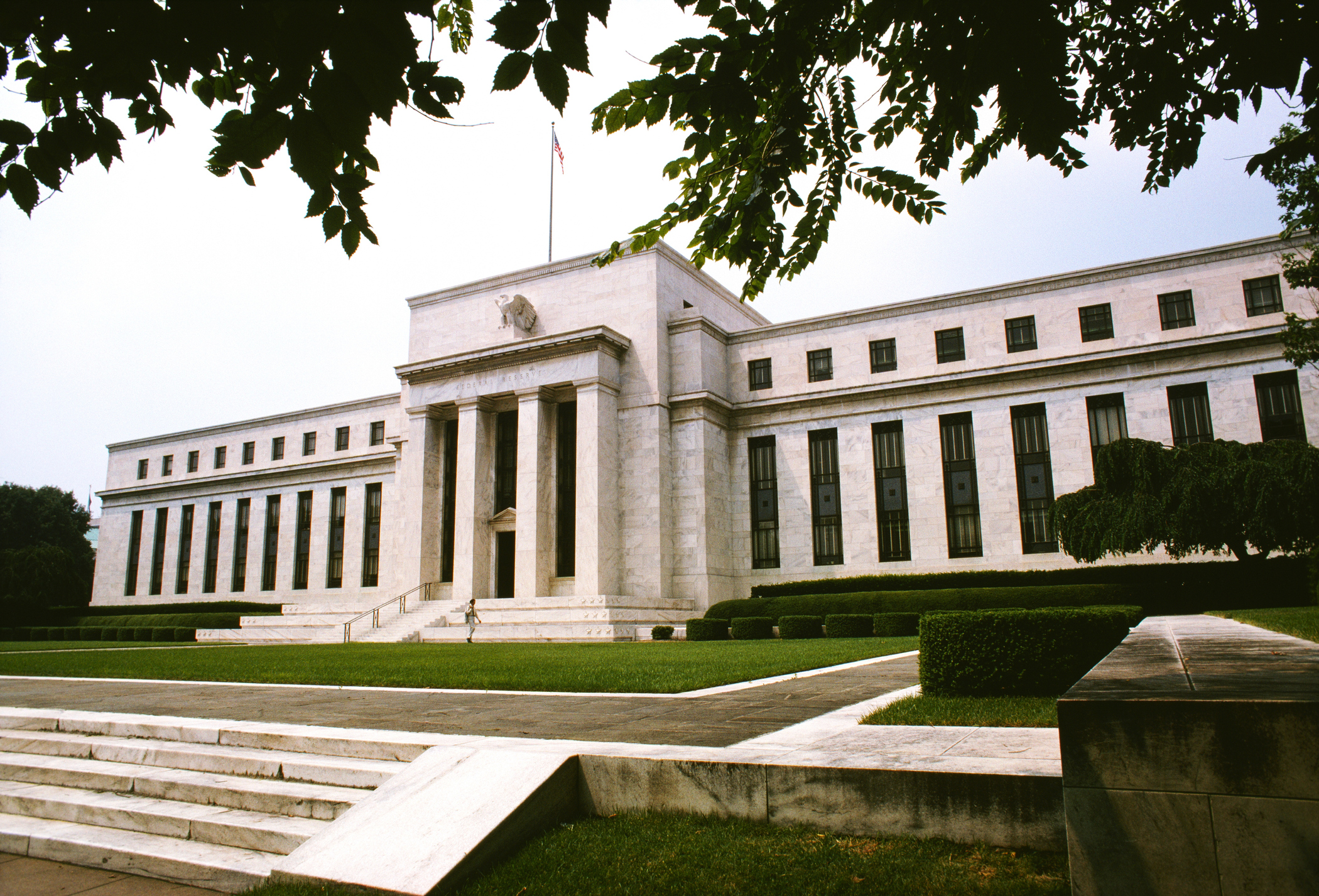What is the US “debt ceiling” and what happens if it is not raised?
The US government has hit its self-imposed spending limit. Unless that limit is raised, the government will run out of money. Saloni Sardana explains what would happen then.


Somewhat unusually, the US government has a self-imposed legal limit on the amount of money it can borrow to fund itself. This is called the “debt ceiling”. If it looks like the government needs to spend more than this limit, then that must be authorised in Congress. If Congress fails to authorise a new limit, the government must stop spending money. All activity funded by the federal government comes to a sudden halt.
In less polarised times, a rise would usually be approved with little fuss. But for the last decade or so, the debt ceiling has been used as a political weapon, with opposition politicians happy to use the threat of a government shutdown to further their own aims, score political points, or just cause trouble.
The House of Representatives – the lower chamber of the US government – has already passed a bill to raise the debt ceiling. But it must now pass a vote in the Senate, where the Democratic Party has 50 of the 100 seats, plus the vice president’s vote. To pass, however, the bill needs 60 votes.
MoneyWeek
Subscribe to MoneyWeek today and get your first six magazine issues absolutely FREE

Sign up to Money Morning
Don't miss the latest investment and personal finances news, market analysis, plus money-saving tips with our free twice-daily newsletter
Don't miss the latest investment and personal finances news, market analysis, plus money-saving tips with our free twice-daily newsletter
An attempt to pass the bill on Monday failed to get enough votes in the Senate. A second attempt on Tuesday also failed. And Republicans have also blocked a way for the Democrats to raise the ceiling alone. Senate minority leader Mitch McConnell blocked a motion by Chuck Schumer, the majority leader, that would have allowed an increase with a simple majority vote.
Why is the debt ceiling so important?
The federal government is heavily reliant on debt. More often than not, it spends more than it earns from taxation. To cover the shortfall, the government borrows. Sounds simple. But the US breached that limit on 1 August, prompting the Treasury to take some “extraordinary measures.”
But even those extraordinary measures are not permanent, and at some point the government will run out of money. The Treasury estimates that date to be 18 October because “at that point, we expect the Treasury would be left with very limited resources that would be depleted quickly,” US Treasury secretary Janet Yellen told congressional leaders this week.
Raising the debt ceiling is important, as it makes it less likely the US will plunge into recession or default on its debt. The world’s largest economy defaulting on its debt would be a terrifying concept that would hit global financial markets hard. Such a default would probably send the dollar tumbling. Spending on many critical programmes would come to a halt.
What is the latest position?
Senate minority leader Mitch McConnell insists that Republicans will not support raising the limit. This is similar to what happened in 2011 between Republicans and the Obama administration. The spat back then eventually prompted the US’ credit rating to be downgraded for the first time.
While arguments over debt ceilings are common, it’s a bit more surprising that it is happening this year as the pandemic has meant the US government pouring billions more dollars into the economy than it normally would. US Federal debt is currently at about $28.43trn, higher than the current debt ceiling of $28.4trn.
The Republicans are opposed to raising the ceiling as they believe it will pave the way for Democrats to pass their $3.5trn Build Back Better spending package.
Can the Democrats still raise the debt ceiling alone?
Biden can technically still raise the ceiling alone, albeit through drastic means. Democrats could use the budget reconciliation process to foster a majority vote in the Senate. Biden’s $1.9trn stimulus package was passed in this manner earlier this year.
And according to David Super, Georgetown University’s law professor, the best solution may be to just eliminate the debt ceiling entirely. “The Congressional Budget Act gives Democrats the chance to do a stand-alone reconciliation bill on the debt limit if they want,” he told the Washington Post.
So, the Democrats could form a reconciliation bill and create another bill that cancels the debt limit. But these options are a last resort for the Biden administration.
Has the US defaulted before?
The US government has defaulted on its debt before. As Forbes points out, the US defaulted on some Treasury bills in 1979.
The default was temporary though, as the Treasury did eventually pay the investors after a short delay. A default by the US government in current times is almost certainly going to leave much longer lasting damage.
What effect will a further delay or default have on the markets?
A default by the US government would send shockwaves across the world.
As Beth Ann Bovino, chief US economist at S&P Global Ratings, points out: “The impact of a default by the US government on its debts would be worse than the collapse of Lehman Brothers in 2008, devastating markets and the economy.”
Such a collapse would also hit the US bond market which until now has been seen as the ultimate safe haven.
And not even the US Federal Reserve, the world’s most powerful central bank, thinks the economy can weather such a scenario. John Williams, president of the Federal Reserve Bank of New York, said it could lead to an “extreme kind of reaction in markets”.
And according to Moody’s Analytics, gridlocked discussions regarding the debt ceiling could take six million jobs out of the economy, cause the unemployment rate to climb from 5% to 9% and cause the stockmarket to lose a third of its value.
If you are an investor, the best thing you can do is to not panic. It is likely that the US government will come to some sort of agreement, albeit with a delay. After all, nobody actually wants the world’s largest economy to default.
Get the latest financial news, insights and expert analysis from our award-winning MoneyWeek team, to help you understand what really matters when it comes to your finances.
Saloni is a web writer for MoneyWeek focusing on personal finance and global financial markets. Her work has appeared in FTAdviser (part of the Financial Times), Business Insider and City A.M, among other publications. She holds a masters in international journalism from City, University of London.
Follow her on Twitter at @sardana_saloni
-
 Investors will reap long-term rewards from UK equities
Investors will reap long-term rewards from UK equitiesOpinion Nick Train, portfolio manager, Finsbury Growth & Income Trust, highlights three UK equities where he’d put his money
-
 The graphene revolution is progressing slowly but surely
The graphene revolution is progressing slowly but surelyEnthusiasts thought the discovery that graphene, a form of carbon, could be extracted from graphite would change the world. They might've been early, not wrong.
-
 UK wages grow at a record pace
UK wages grow at a record paceThe latest UK wages data will add pressure on the BoE to push interest rates even higher.
-
 Trapped in a time of zombie government
Trapped in a time of zombie governmentIt’s not just companies that are eking out an existence, says Max King. The state is in the twilight zone too.
-
 America is in deep denial over debt
America is in deep denial over debtThe downgrade in America’s credit rating was much criticised by the US government, says Alex Rankine. But was it a long time coming?
-
 UK economy avoids stagnation with surprise growth
UK economy avoids stagnation with surprise growthGross domestic product increased by 0.2% in the second quarter and by 0.5% in June
-
 Bank of England raises interest rates to 5.25%
Bank of England raises interest rates to 5.25%The Bank has hiked rates from 5% to 5.25%, marking the 14th increase in a row. We explain what it means for savers and homeowners - and whether more rate rises are on the horizon
-
 UK inflation remains at 8.7% ‒ what it means for your money
UK inflation remains at 8.7% ‒ what it means for your moneyInflation was unmoved at 8.7% in the 12 months to May. What does this ‘sticky’ rate of inflation mean for your money?
-
 Would a food price cap actually work?
Would a food price cap actually work?Analysis The government is discussing plans to cap the prices of essentials. But could this intervention do more harm than good?
-
 Is my pay keeping up with inflation?
Is my pay keeping up with inflation?Analysis High inflation means take home pay is being eroded in real terms. An online calculator reveals the pay rise you need to match the rising cost of living - and how much worse off you are without it.
